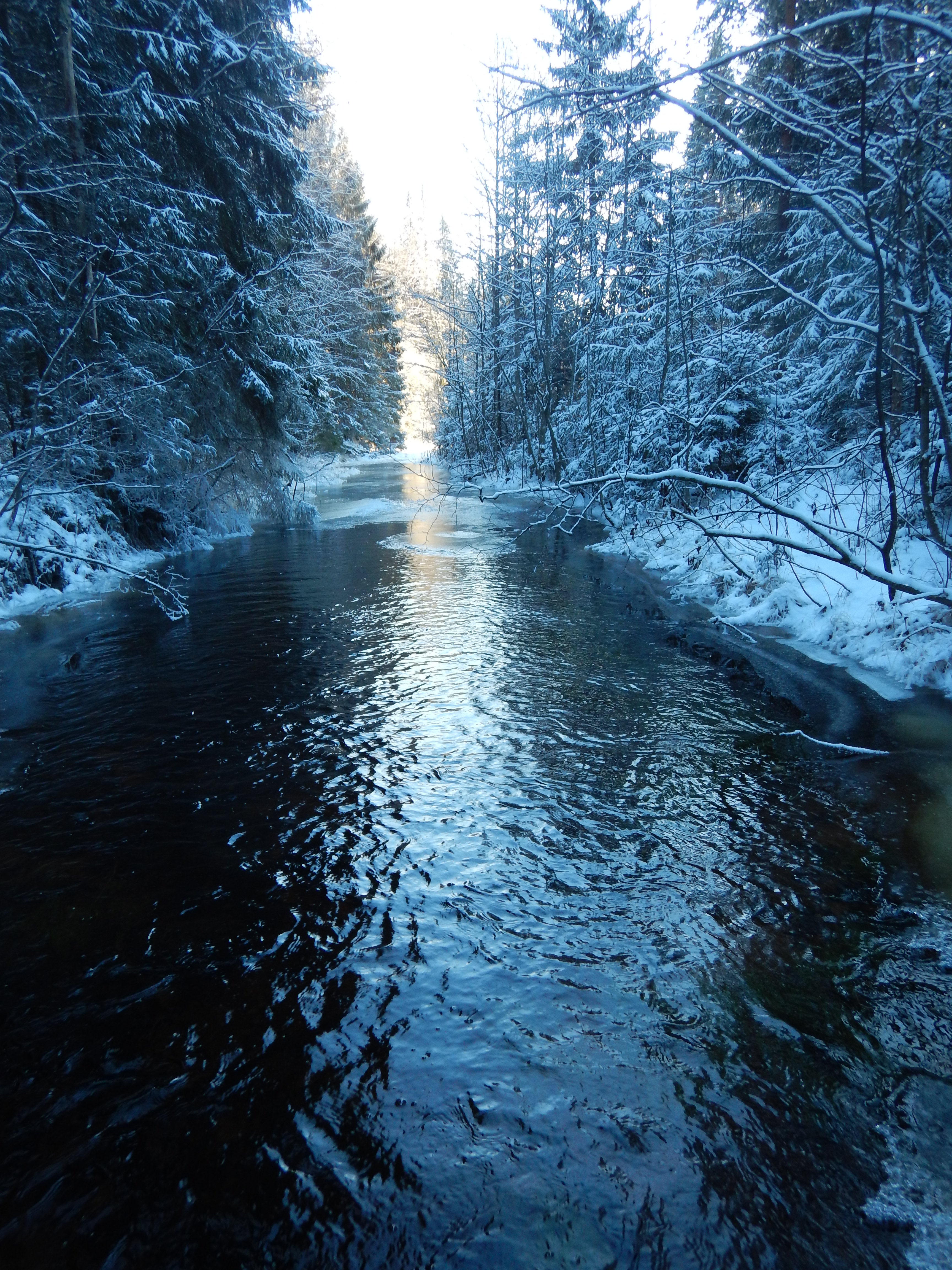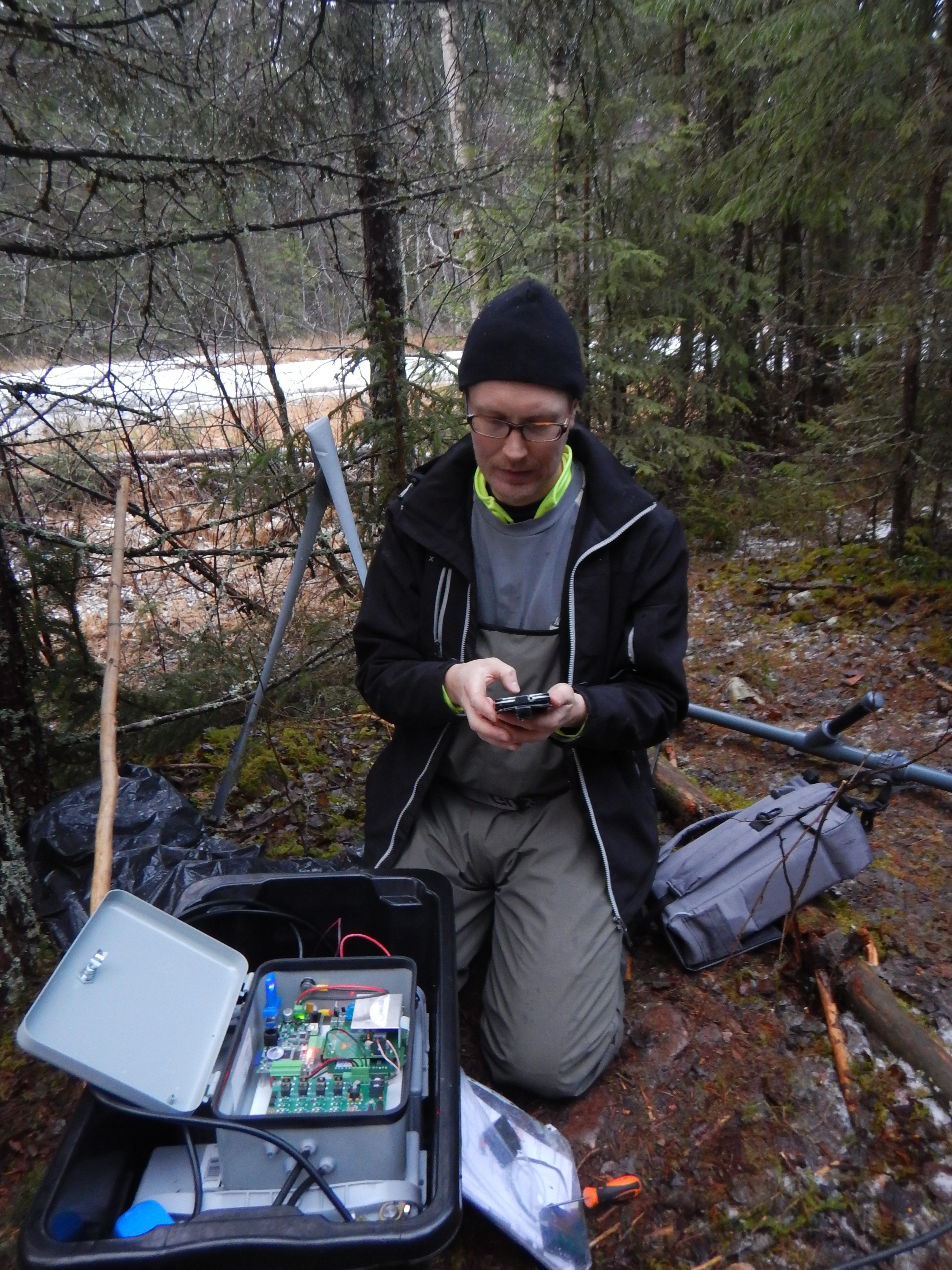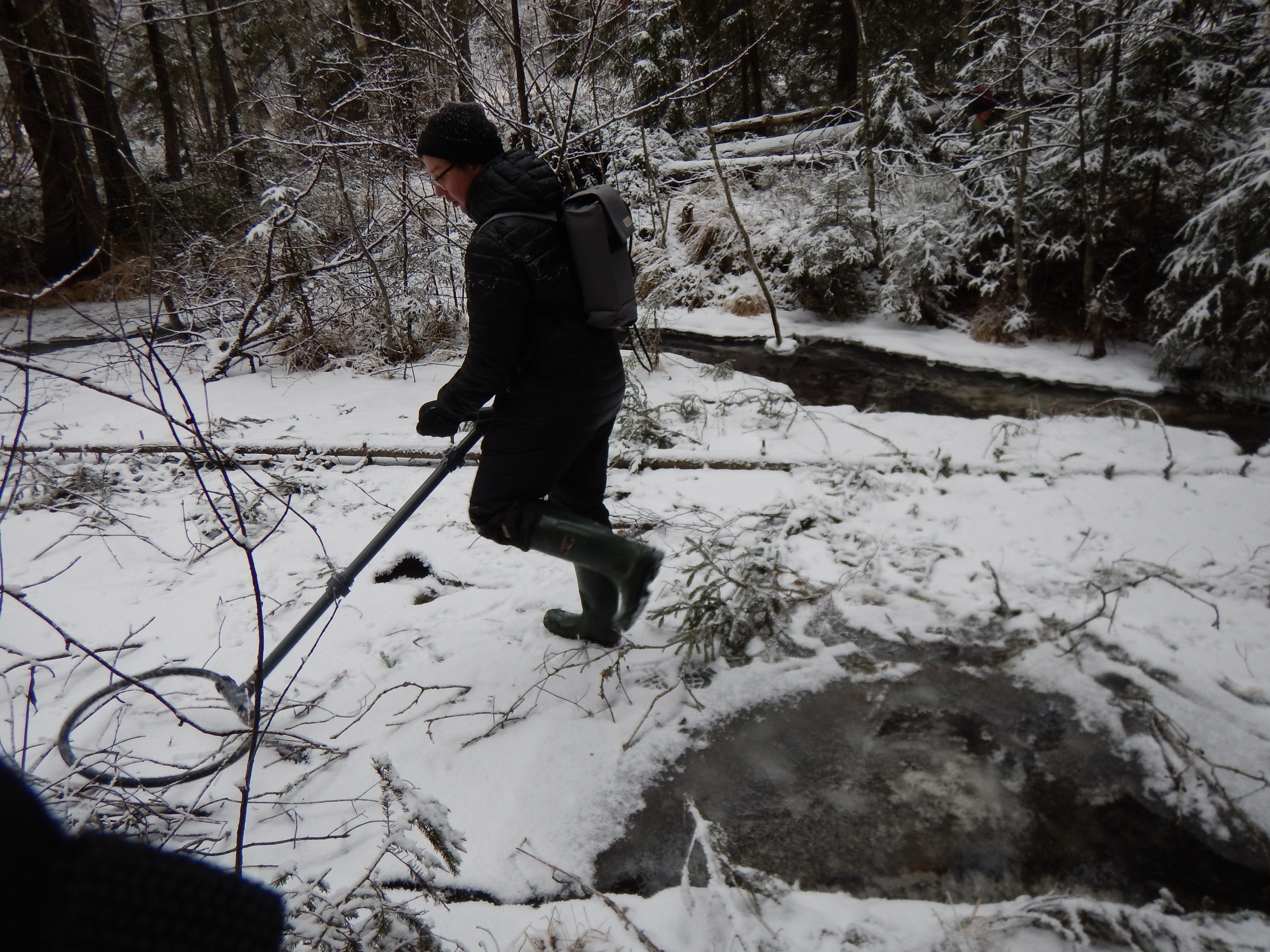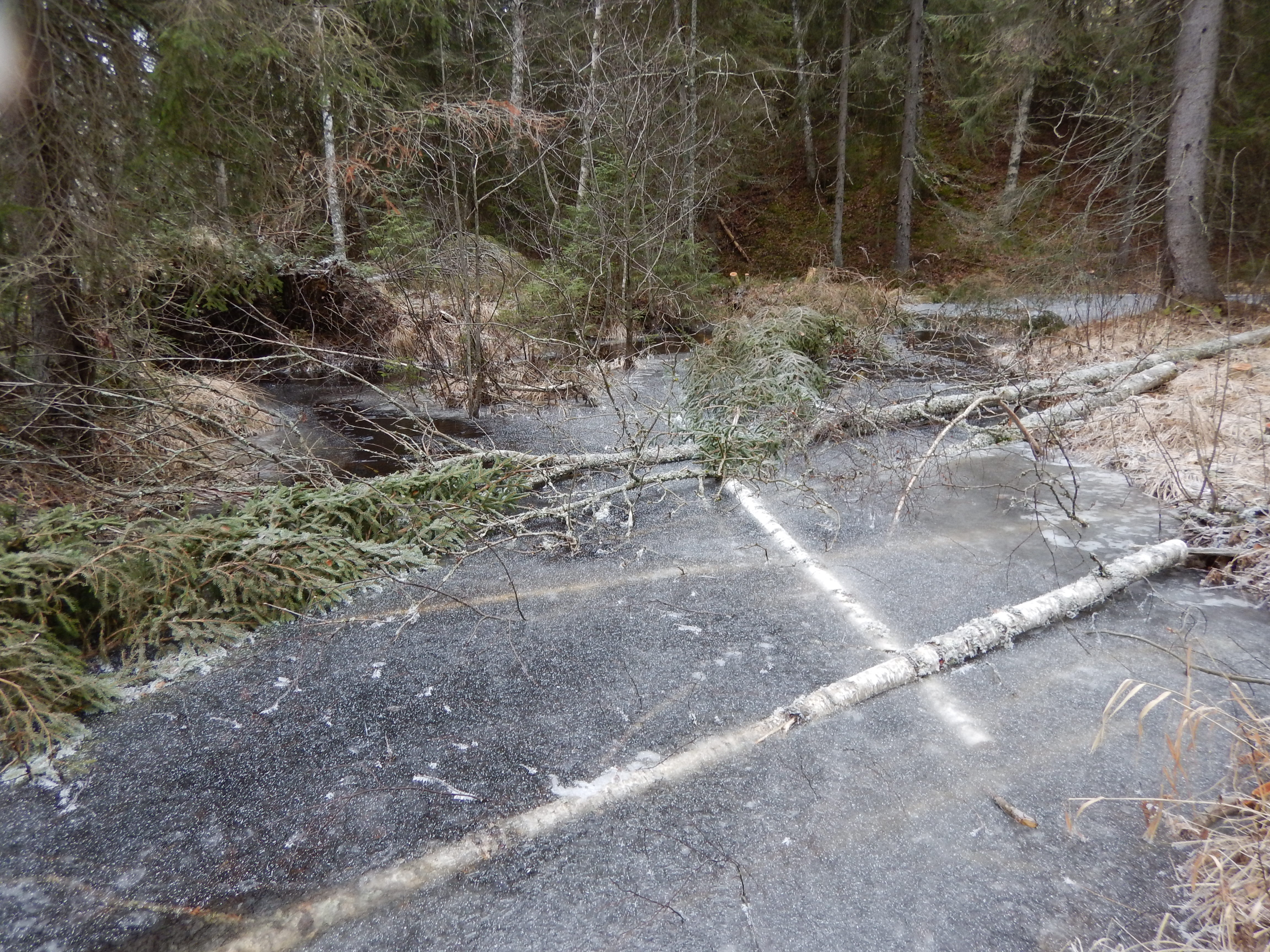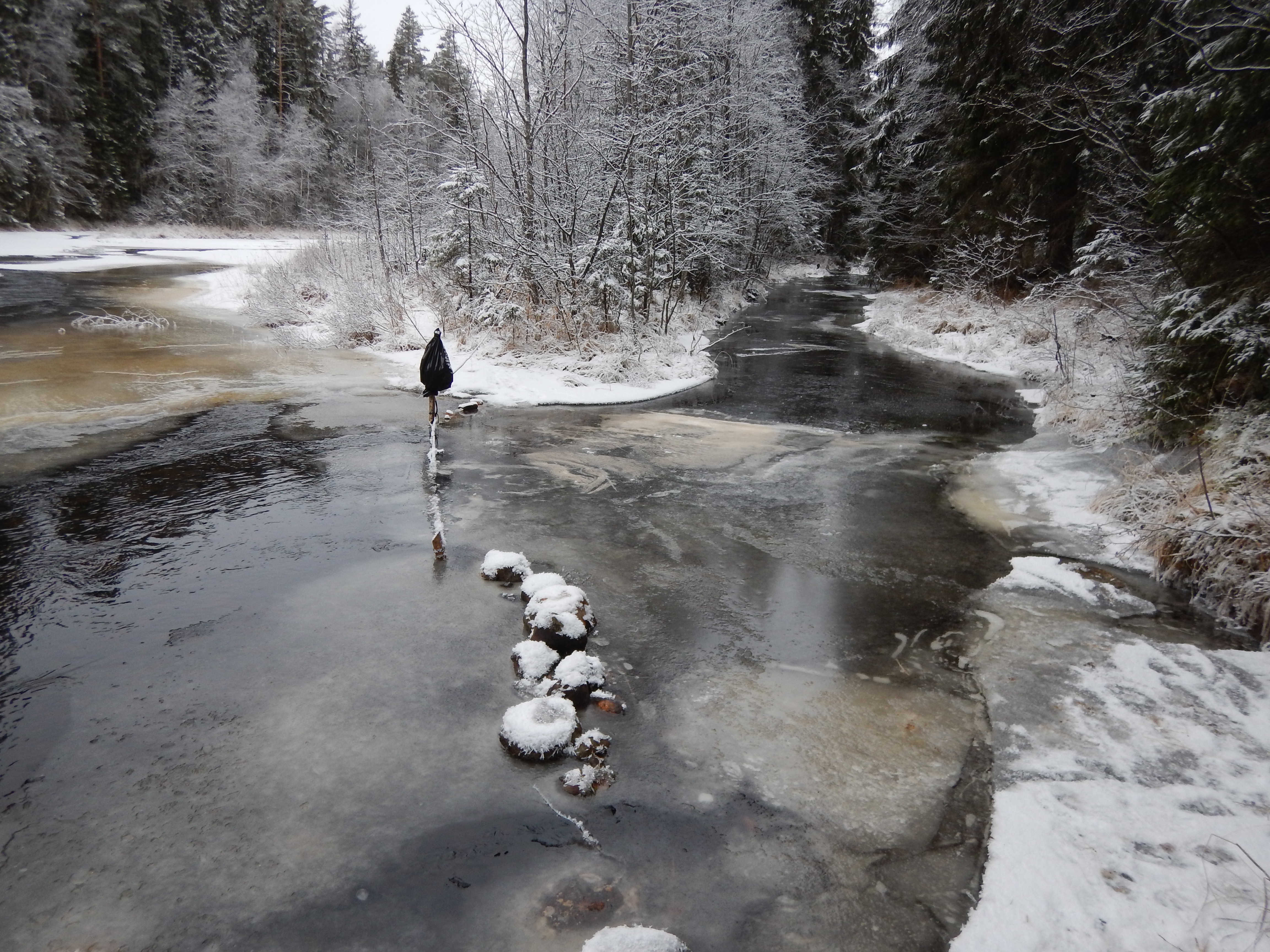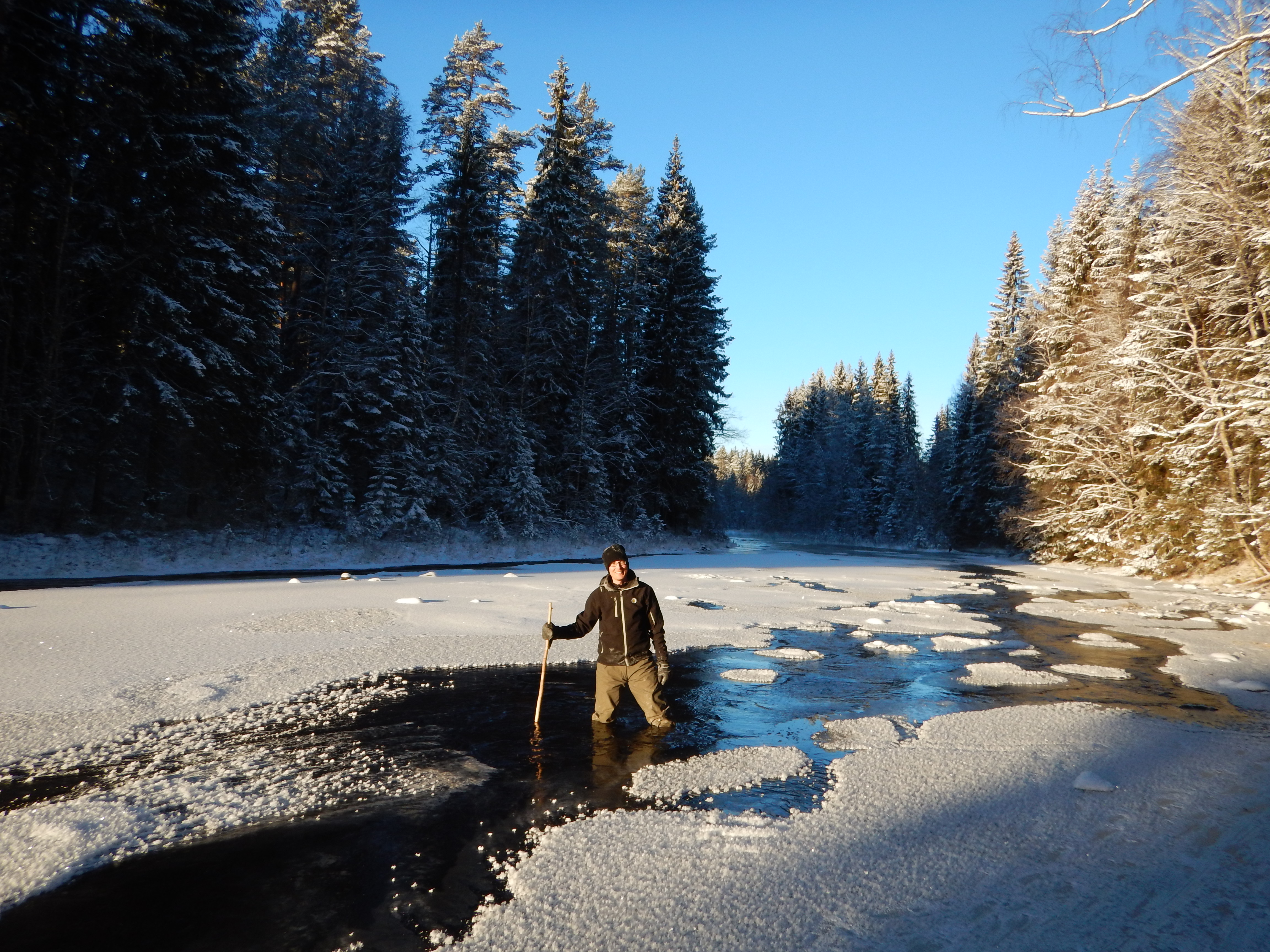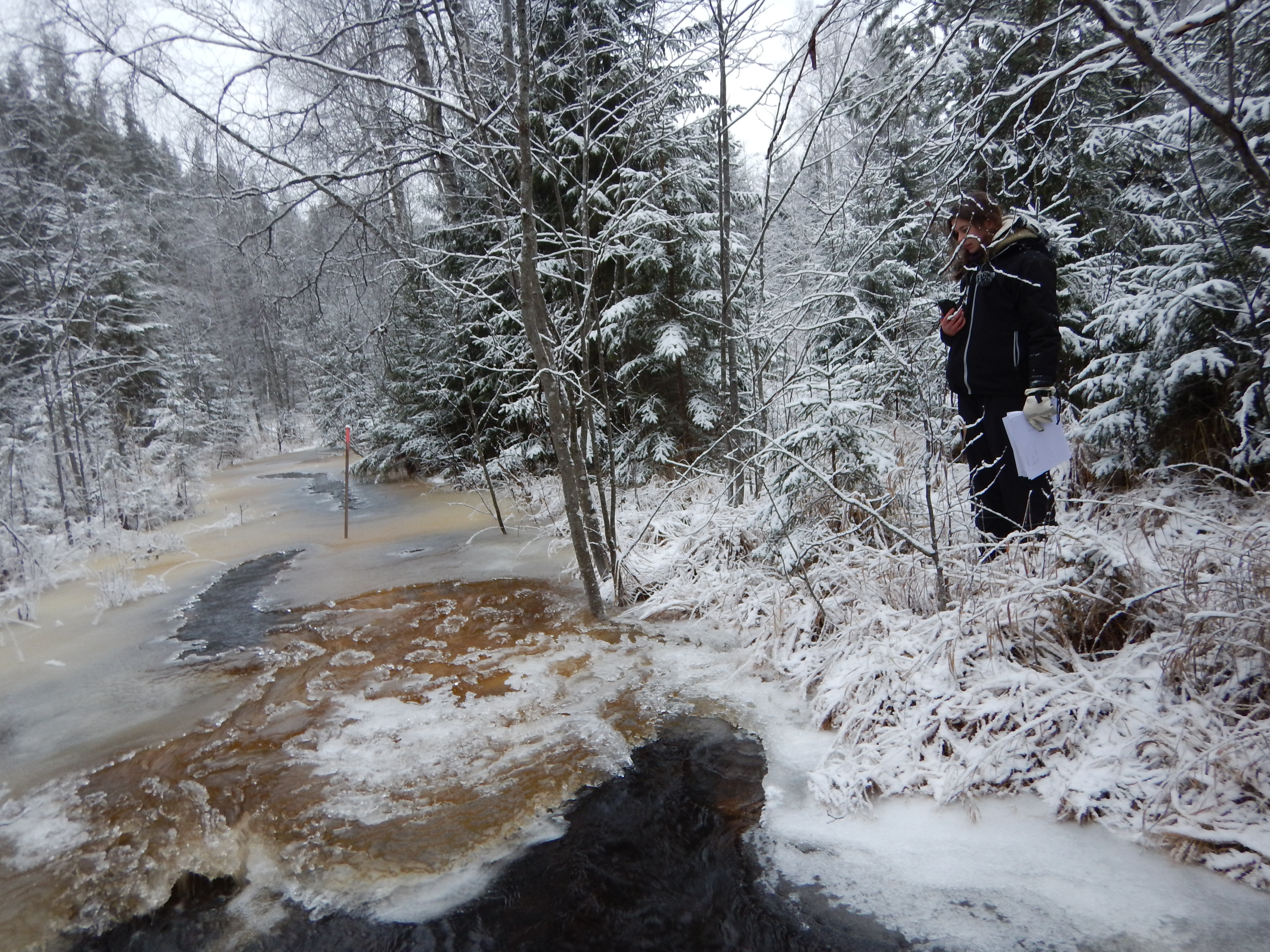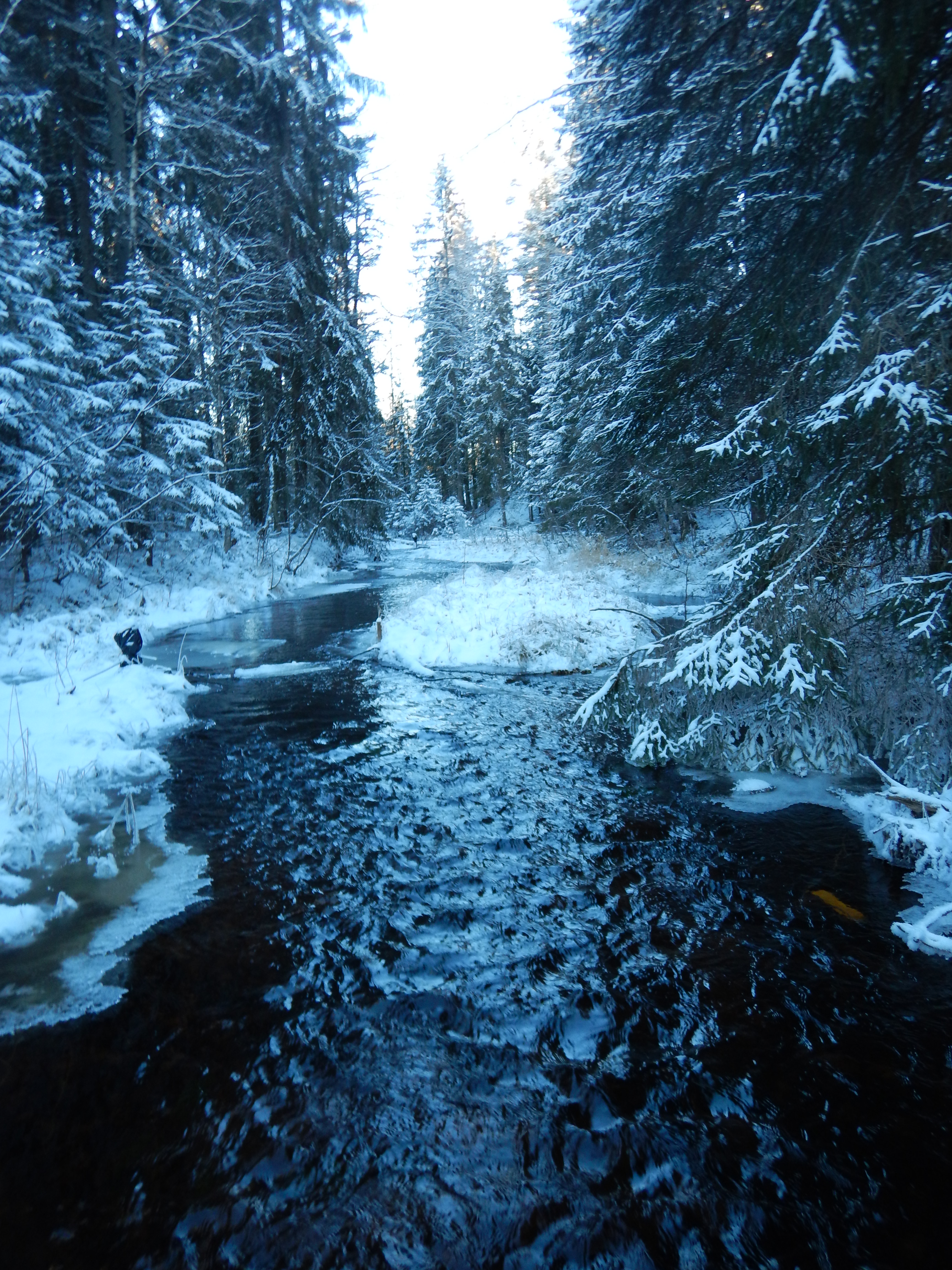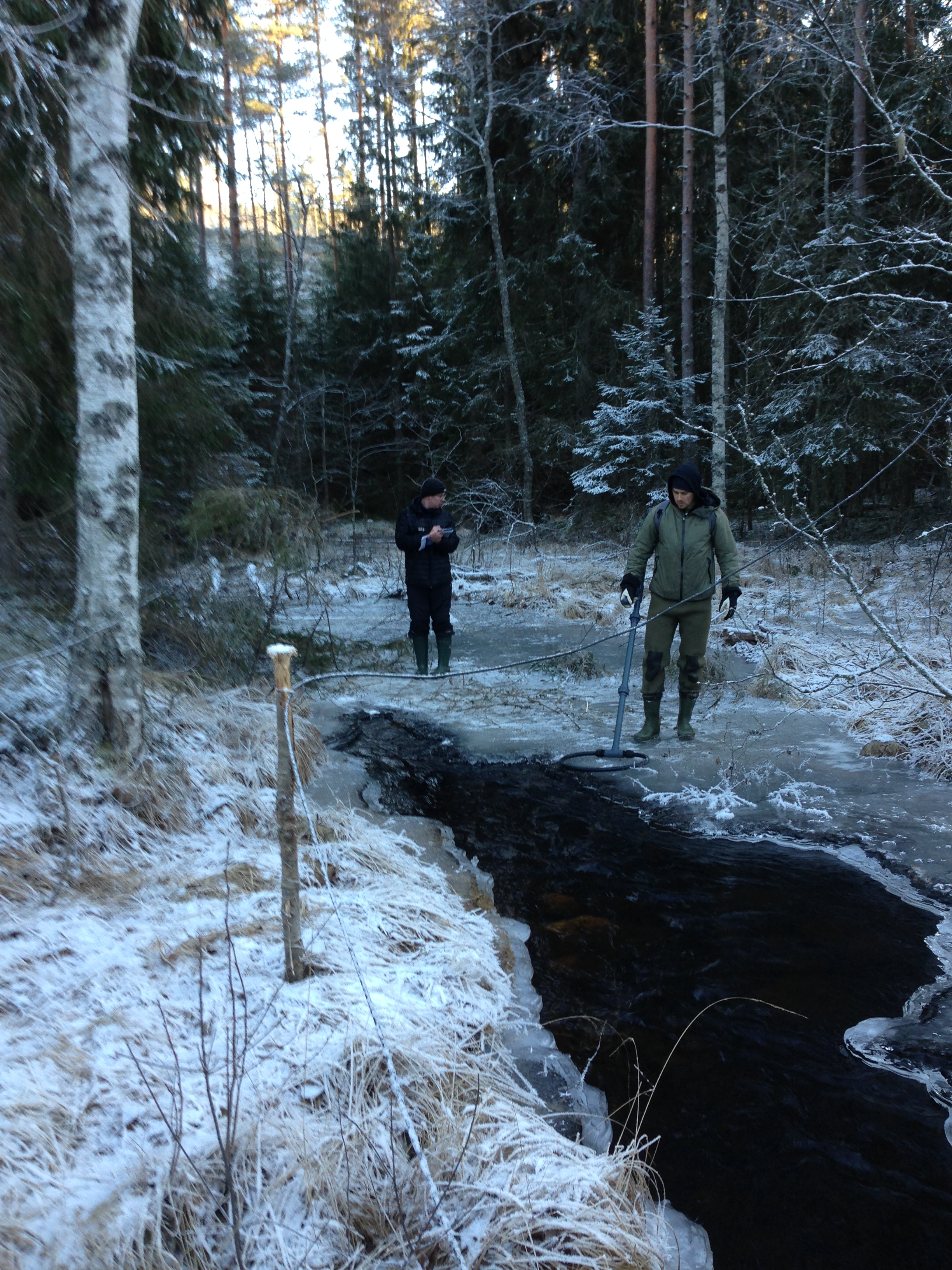Papers on juvenile salmonid ecology
Posted by Karl Filipsson | PapersJohan Watz, Assistant Professor at Karlstad University, recently published two papers on juvenile salmonid ecology:
Temperature‐dependent competition between juvenile salmonids in small streams
By Johan Watz, Yasuhiko Otsuki, Kenta Nagatsuka, Koh Hasegawa & Itsuro Koizumi, published in the journal Freshwater Biology.
In the abstract, the authors write:
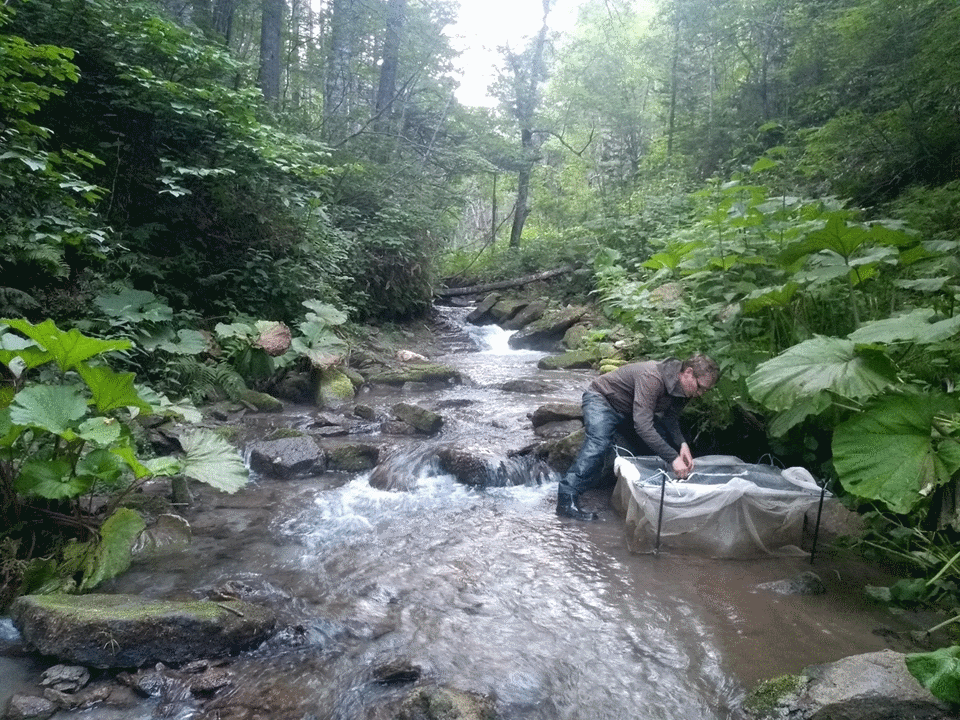
Johan Watz, doing field work during his PostDoc in Japan.
1) Biotic interactions affect species distributions, and environmental factors that influence these interactions can play a key role when range shifts in response to environmental change are modelled.
2) In a field experiment using enclosures, we studied the effects of the thermal habitat on intra‐ versus inter‐specific competition of juvenile Dolly Varden Salvelinus malma and white‐spotted charr Salvelinus leucomaenis, as measured by differences in specific growth rates during summer in allopatric and sympatric treatments. Previous laboratory experiments have shown mixed results regarding the importance of temperature‐dependent competitive abilities as a main driver for spatial segregation in stream fishes, and no study so far has confirmed its existence in natural streams.
3) Under natural conditions in areas where the two species occur in sympatry, Dolly Varden dominate spring‐fed tributaries (cold, stable thermal regime), whereas both species often coexist in non‐spring‐fed tributaries (warm, unstable thermal regime). Enclosures (charr density = 6 per m2) were placed in non‐spring‐fed (10–14°C) and spring‐fed (7–8°C) tributaries.

A forest stream on Hokkaido, northern Japan.
4) In enclosures placed in non‐spring‐fed tributaries, Dolly Varden grew 0.81% per day in allopatry and had negative growth (−0.33% per day) in sympatry, whereas growth rates were similar in allopatry and sympatry in spring‐fed tributaries (0.68 and 0.58% per day). White‐spotted charr grew better in sympatry than in allopatry in both thermal habitats. In non‐spring‐fed tributaries, they grew 0.17 and 0.79% per day and in spring‐fed tributaries 0.46 and 0.75% per day in allopatry and sympatry, respectively.
5) The negative effect of inter‐specific competition from white‐spotted charr on Dolly Varden thus depended on the thermal habitat. However, there was no strong evidence of a temperature‐dependent effect of intra‐ and inter‐specific competition on white‐spotted charr growth.
6) Multiple factors may shape species distribution patterns, and we show that temperature may mediate competitive outcomes and thus coexistence in stream fish. These effects of temperature will be important to incorporate into mechanistic and dynamic species distribution models.
Read more about the Koizumi lab at Hokkaido University (where Johan did his PostDoc) on their website!
By Johan Watz, published in the Journal of Fish Biology
In the abstract, Johan writes:
The effects of structural enrichment in the hatchery rearing environment of brown trout Salmo trutta was linked to post‐release performance. Enrichment resulted in reduced swimming activity scored in an open field test and reduced movement in a natural river after release. Also, enrichment increased resting metabolic rates, which correlated positively with overwinter growth.
Contact the author to access the papers.
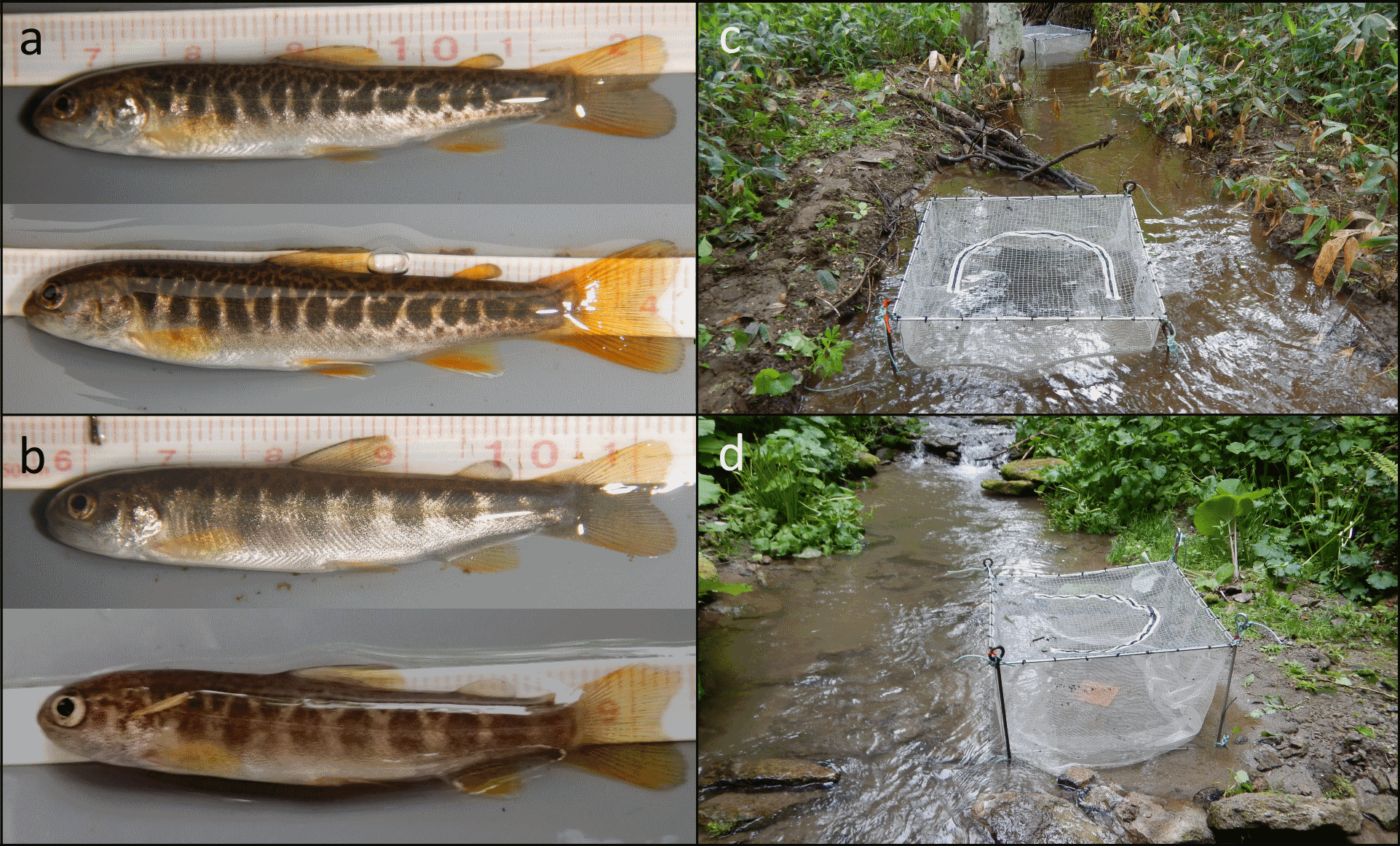
The left photographs show Dolly Varden (a) and white‐spotted charr (b). The right photographs show enclosures in a non‐spring‐fed (c) and a spring‐fed (d) tributary.
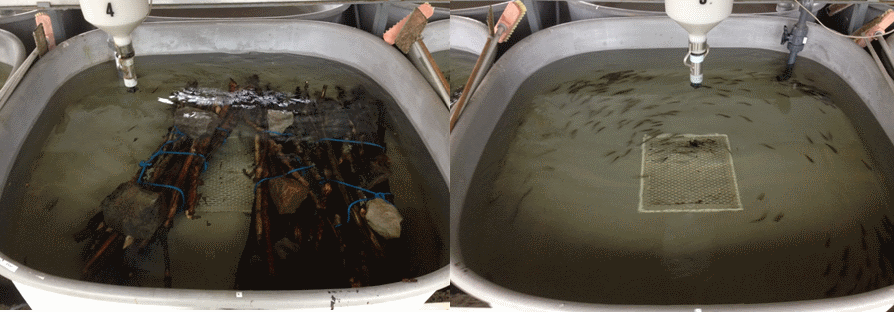
The structurally enriched (left) and barren (right) tanks used in the study on how structural complexity in the hatchery environment affects juvenile brown trout.
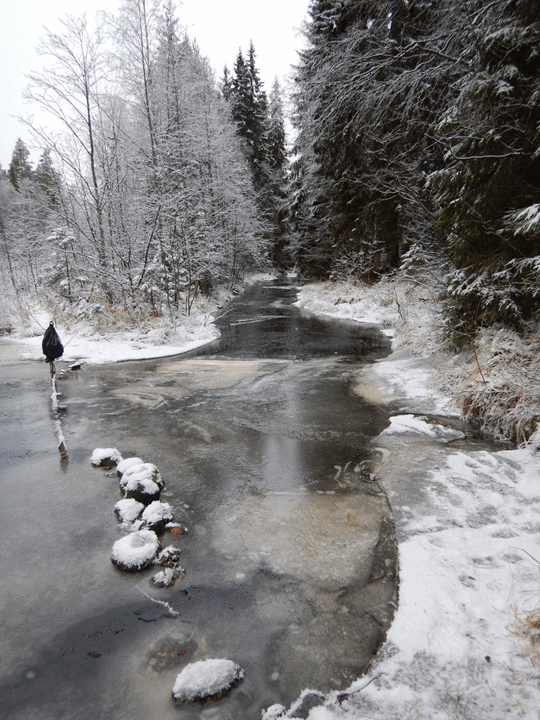
River Rottnan in winter.



